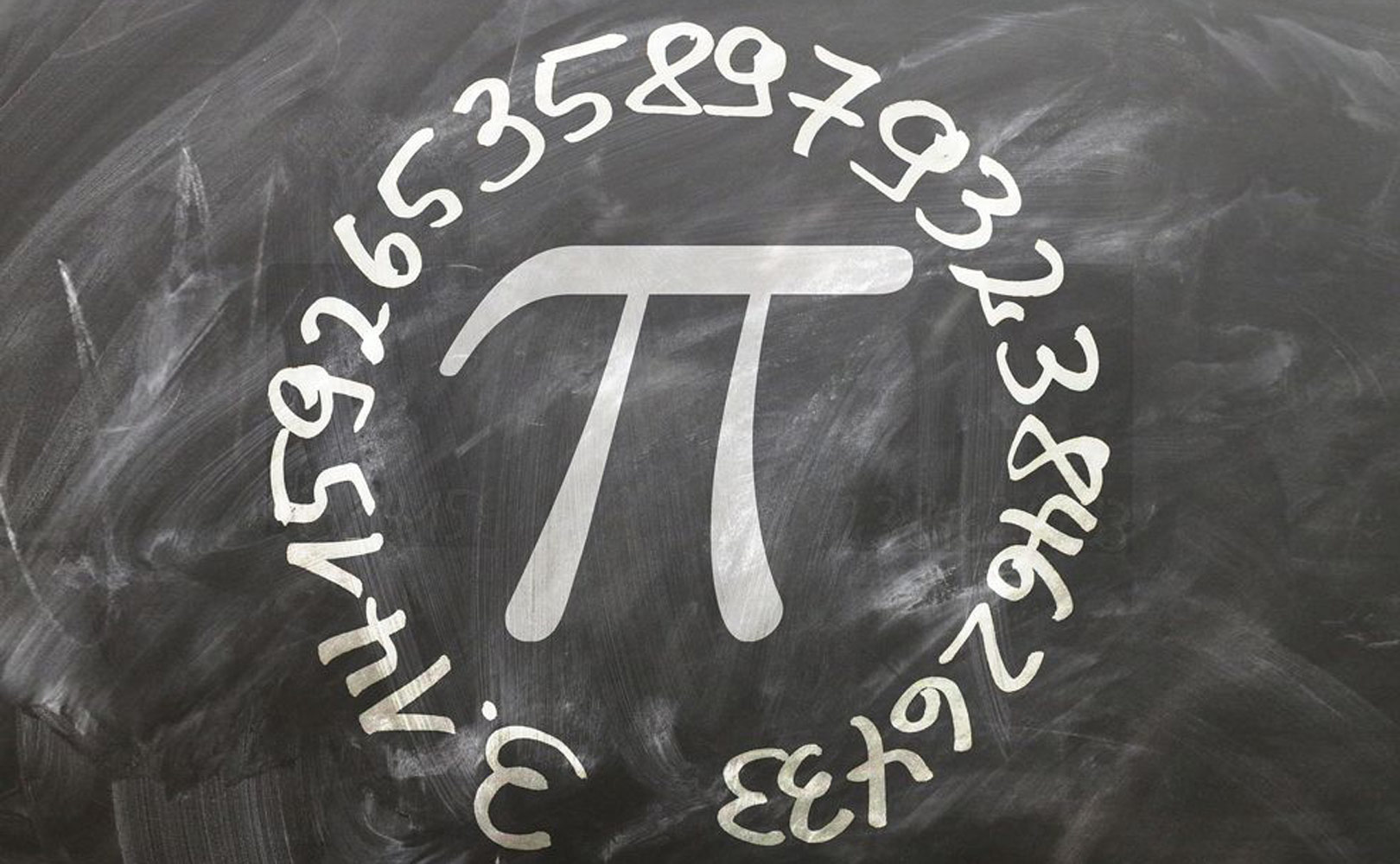
PI Greek
π (pi), sometimes called Archimedes' constant, is a number represented by the lowercase Greek letter of the same name (π). It is the constant ratio between the circumference of a circle and its diameter in a Euclidean plane. It can also be defined as the ratio of the area of a disk to the square of its radius.
Its default approximate value of less than 0.5 × 10–15 is 3.141592653589793 in decimal notation.
Many formulas in physics, engineering and, of course, mathematics involve π, which is one of the most important constants in mathematics.
The number π is irrational, that is, it cannot be expressed as a ratio of two integers; this implies that its decimal writing is neither finite nor periodic. It is also a transcendental number, which means that there is no non-zero polynomial with integer coefficients of which π is a root.
The determination of a sufficiently precise approximate value of π and the understanding of its nature are issues that have crossed the history of mathematics; the fascination exerted by this number has even brought it into popular culture.
The use of the Greek letter π, the first letter of περίμετρος ("perimeter" in ancient Greek), appeared only in the 18th century at the initiative of the mathematician William Jones (and later adopted and popularized by Euler). Previously, its value was referred to in various ways as a "circle constant" or equivalent in various languages.
In dictionaries and general works, π is defined as the ratio, constant in the usual plane which is the Euclidean plane, between the circumference of a circle and its diameter. This ratio does not depend on the chosen circle, in particular on its size. In fact all the circles are similar and to pass from one circle to another it is enough to know the similarity ratio. Consequently, for any positive real k, if a circle has a radius r (or a diameter d = 2r) k times greater than another, then its perimeter P will also be k times greater, which demonstrates the constancy of the relationship.
Furthermore, this same similarity will multiply the area A by the square of k, which now proves that the ratio A / r2 is constant. We can show, for example with the indivisibles method, that this constant is also equal to π.
The drawing on the side illustrates another method, essentially due to Archimedes (see below): the perimeter of the polygon is approximately 2πr while redistributing the triangles formed it can be seen that its area is approximately πr2. To formalize the "quasi", the number of sides of the polygon should tend towards infinity, which already illustrates the "analytic" nature of π.
The ancient history of π, which can be traced through the available writings, roughly follows the advancement of mathematics as a whole. Some authors divide the history of π into three parts: the ancient period during which π was studied geometrically, the classical era, around the 17th century, when the tools of integral calculus allowed advances in the knowledge of the number π, and the period of digital computers.
While a few tens of decimals of π are amply sufficient for the practical calculations carried out by a physicist, the conquest of the decimals of the number π did not stop with the arrival of computers, which made it possible to calculate a very high number of decimals.
In 1949, using the ENIAC, John von Neumann obtained 2,037 decimals of π, according to a calculation that lasted 70 hours. Thousands of additional decimal places were found in the following decades, with the million-digit milestone passed in 1973. The progress was not only due to ever faster computers, but also to the new algorithms used. One of the most significant advances was the discovery of the Fast Fourier Transform in the 1960s, which allowed computers to rapidly manipulate very large numbers.




